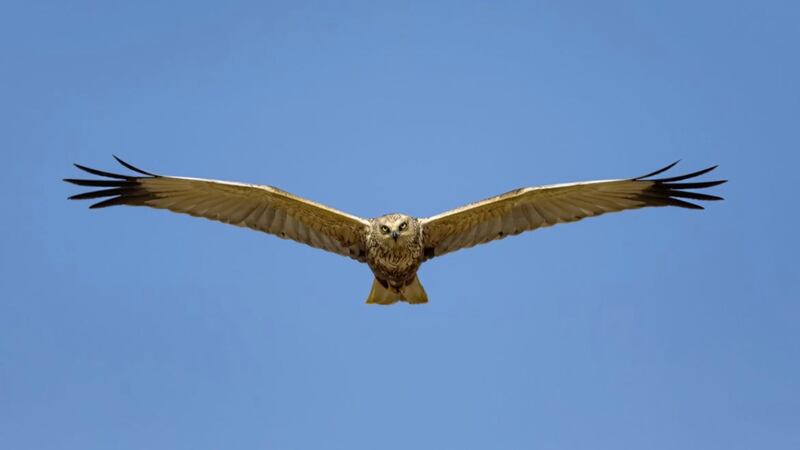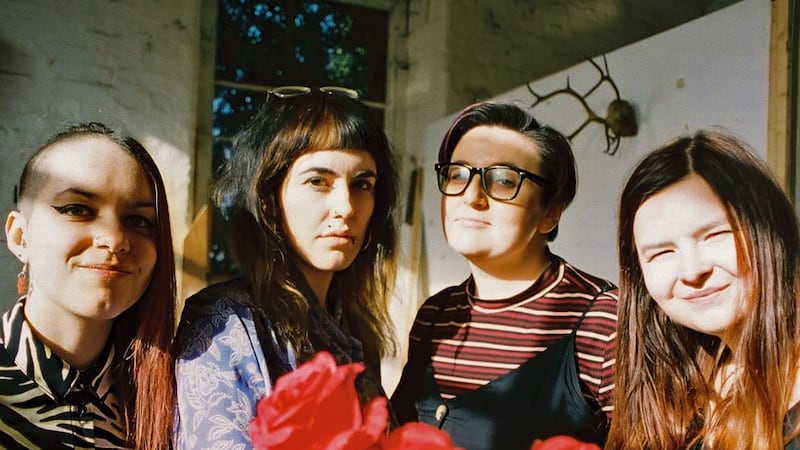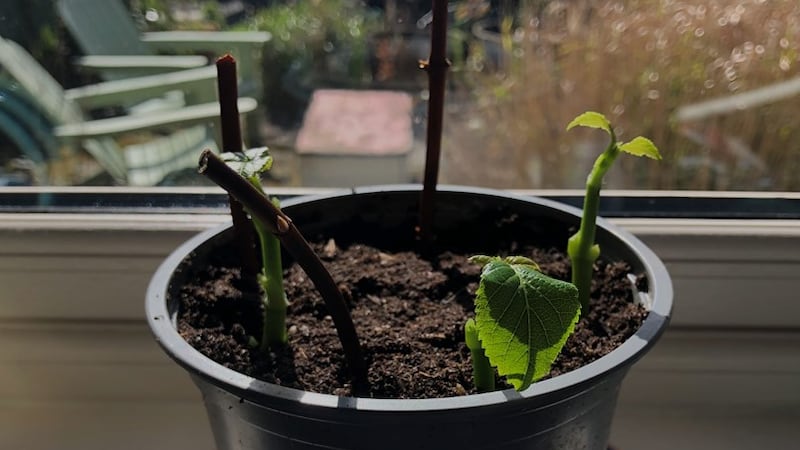THE cold and sunny blue skies of early new year have stirred some of our garden birds into song, their response to the small but noticeable increase in daylight, and a sign that territories are already being sought in advance of the new breeding season.
Even in the darkest of times the natural world, through some unveiling, will offer us a glimmer of hope, an indication of more favourable things in the wind, like the now irreversible shift towards spring.
Another story of hope which arrived recently on my phone was the news from the Irish Raptor Study Group (IRSG) of successful breeding by two pairs of marsh harriers in counties Galway and Westmeath during the summer of 2020. The voluntary organisation committed to the conservation of birds of prey, confirmed that "both pairs successfully fledged two young", and that the species, "was last known to have bred in the Republic of Ireland around 1917".
The birds were, though, common at one time. John J Watters, in The Natural History Of The Birds Of Ireland: Indigenous And Migratory (1853) tells us that marsh harriers were "the most abundant of our largest birds of prey" and "widely distributed".
As a bird of open freshwater wetlands and extensive reedbeds, the marsh harrier was adversely affected by the widespread fen destruction of the late 18th and 19th centuries as well as prolonged persecution.
The IRSG statement said, "Approximately 80 per dent of the original extent of fens in the Republic of Ireland has been lost to drainage for peat extraction and reclamation for agricultural land. The cumulative impact of wetland loss due to the Arterial Drainage Act 1945 and the preparatory drainage across bogs in Galway and Roscommon for energy production by Bord na Móna from 1946 limited any real prospect of marsh harriers returning in Ireland.’’
The species had been spotted hunting near suitable breeding habitats here for several years, leading many to suspect previous breeding attempts had taken place before this success of last summer.
A relative of the hen harrier, which I’ve featured on this page, Circus aeruginosus is a typical harrier, with long wings held in a shallow ‘V’ when in low flight and, also in having distinct male and female plumages. As a generalist wetland predator, the Cromán móna, ‘bog harrier’ torments and seeks out its prey of small water birds like moorhen, mammals and amphibians, by languidly quartering over reed beds and marshes. The bird nests on stacks of reeds amongst dense marshy vegetation. Males have a brown back, chestnut belly, pale head and neck, and long, grey wings with black tips while the larger females are chocolate-brown with a golden-fawn crown and throat. Like hen harriers during the breeding season, marsh harriers perform amazing courtship displays, with the male wheeling at great heights before diving towards the ground, performing a series of tumbles, the female sometimes joining him to lock talons in mid-air.
Although the IRSG state, ‘the scale of habitat loss in Ireland may make recolonisation of breeding Marsh Harrier a very slow process’, current efforts to rehabilitate and re-wet peatlands, provide, they say, ‘an amazing opportunity for ecological restoration’ and the possible re-establishing of other long lost wetland gems, like the Crane and Bittern.
As I finish this piece, the high pitched call of an excited blue-tit trills out from a birch tree outside, reminding me that, like the returning marsh harrier, back after a hundred years, the natural world continues to bring hope through the toughest and most desolate of times. Look around for those uplifting sights and sounds from nature.








